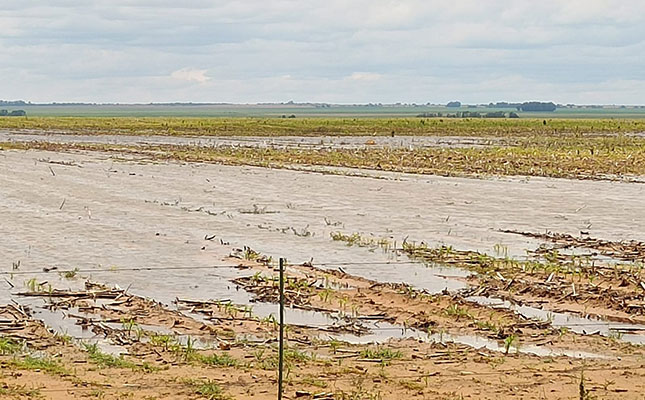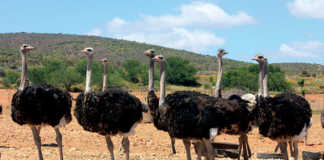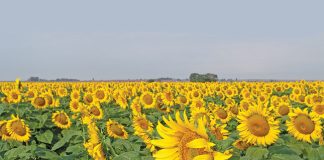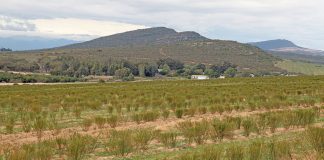
Photo: Annelie Coleman
Twenty percent of grain producers in South Africa have lost more than 60% of their white maize plantings to water damage so far in 2022, according to a survey done by Grain SA earlier in January 2022.
Fifteen percent of yellow maize, 13% of soya bean and 17% of sunflower that was so far planted in the 2021/22 production season were destroyed by water damage following excessive rain that occurred in the summer rainfall region since the end of November 2021.
According to a Grain SA (GSA) statement, indications were that the rainfall experienced in December 2021 was the highest in 100 years. Extreme rainfall was, in some cases, also accompanied by serious hail storms.
In the western Free State, 39% of the respondents in the survey reported water damage to white maize. The east of the country and parts of the North West also experienced challenges regarding water damage, but not to the same extent as farmers in the western Free State.
Jakkals le Roux, chairperson of Free State Agriculture’s (FSA) Safety and Security Committee, told Farmer’s Weekly that early indications were that at least 270 000ha were affected by the excessive rain in the Wesselsbron, Bothaville and Allanridge areas.
The flooding could, according to him, be partly ascribed to high rainfall in the latter part of 2021 and the first part of the 2022 season, coupled with the good rain received at the beginning of 2021. This was because sandy soil dominated these areas, which became saturated rapidly, leading to vast stretches of stagnant water in the crop fields.
“I foresee an economical and financial challenging year for us. We were subjected to serious droughts in 2019 and 2020 and flooding, although to a far lesser extent than now, in the 2020/21 production season. FSA is in the process of having a state of disaster declared for the area. We also need businesses to come to the table in an effort to keep as many [farmers] as possible going financially. This disaster is bound to affect the entire agricultural value chain and not only primary producers,” he said.
Meanwhile, average to above-average rain was expected over the Southern African Development Community (SADC) region from January 2022 to March 2022, according to the Southern African Climate Outlook Forum (SARCOF).
In a statement released by the SADC secretariat, SARCOF indicated that the bulk of the SADC region was likely to receive above average rain during the 2021/22 agricultural season.











